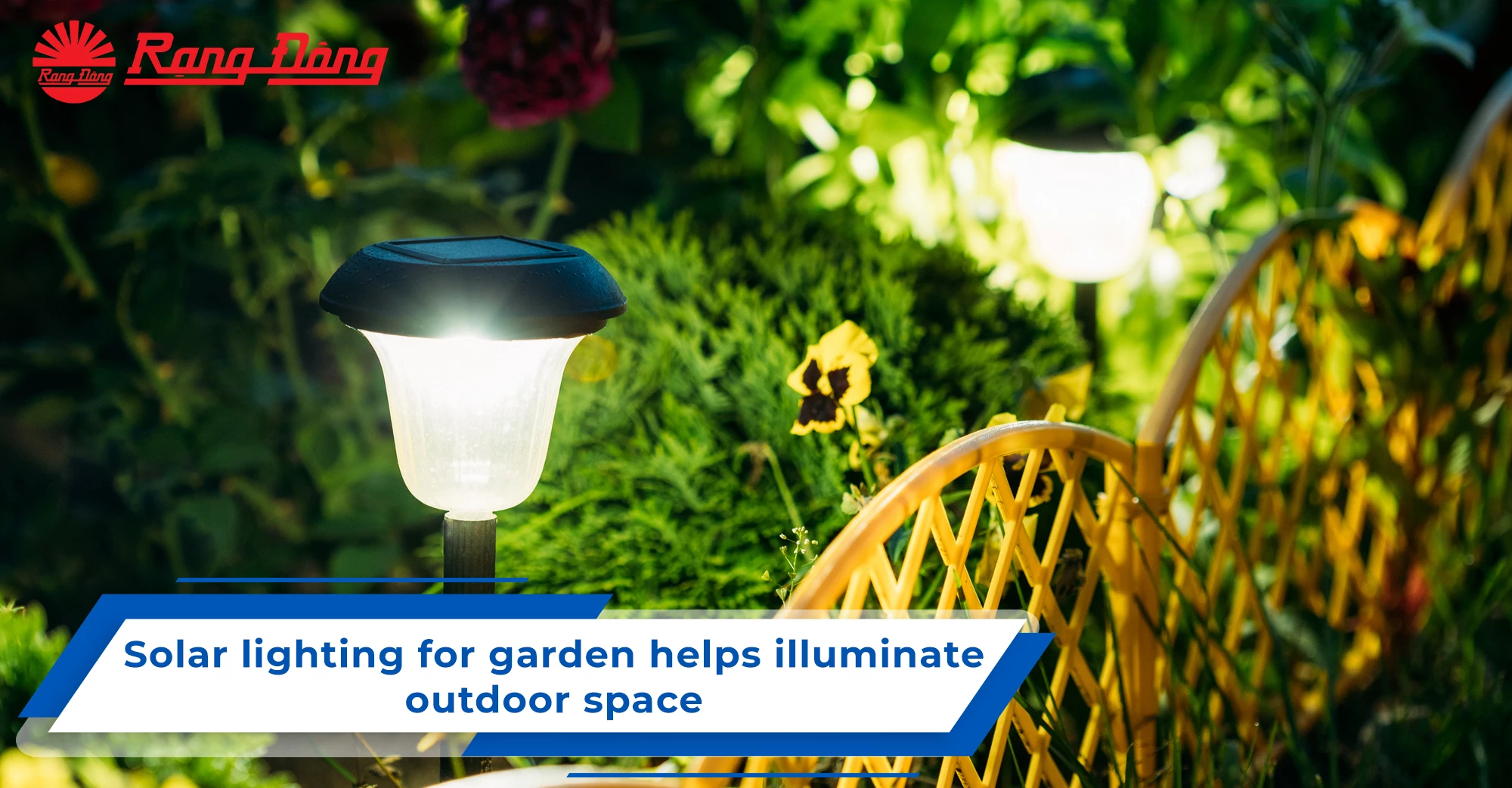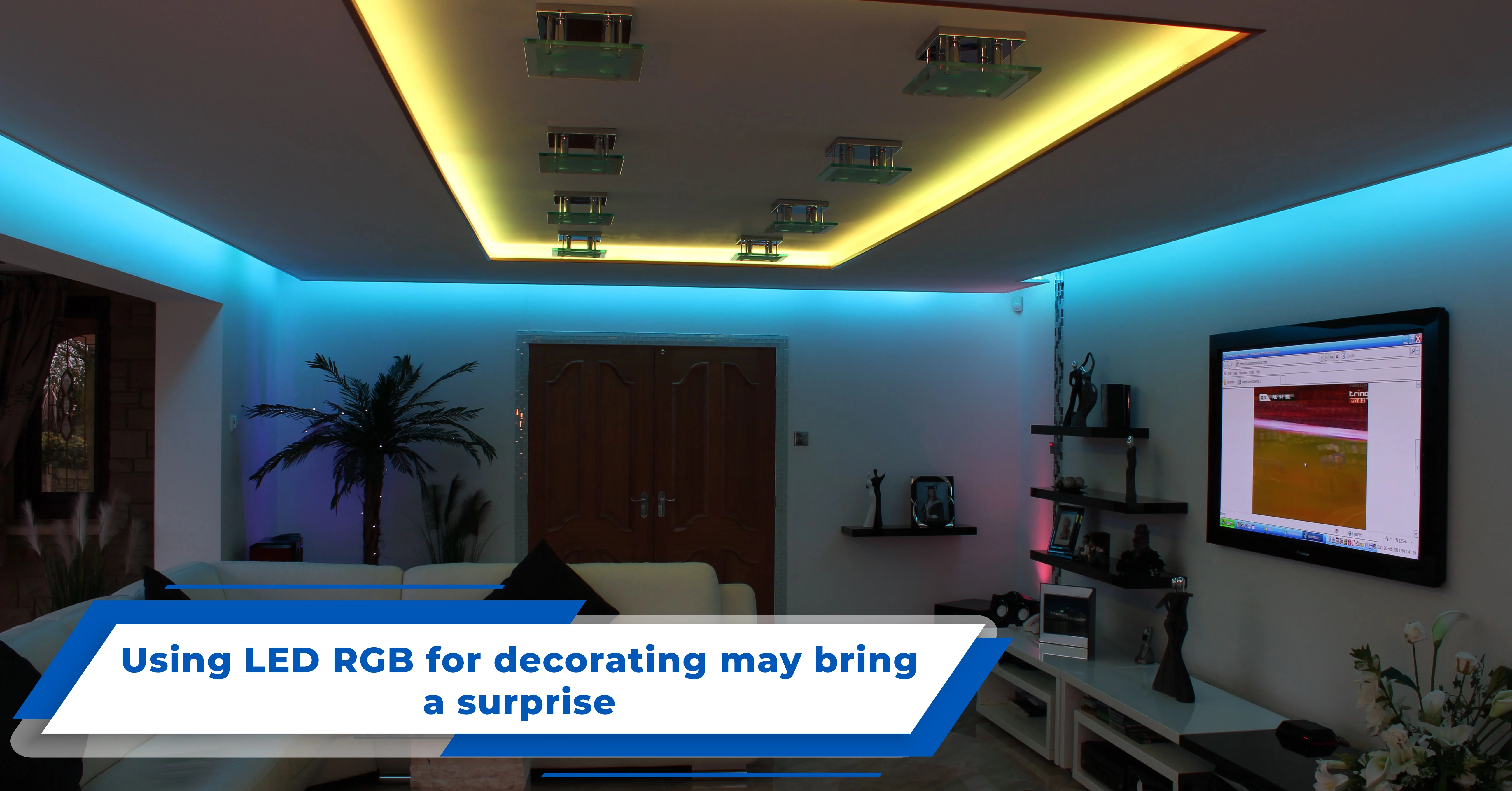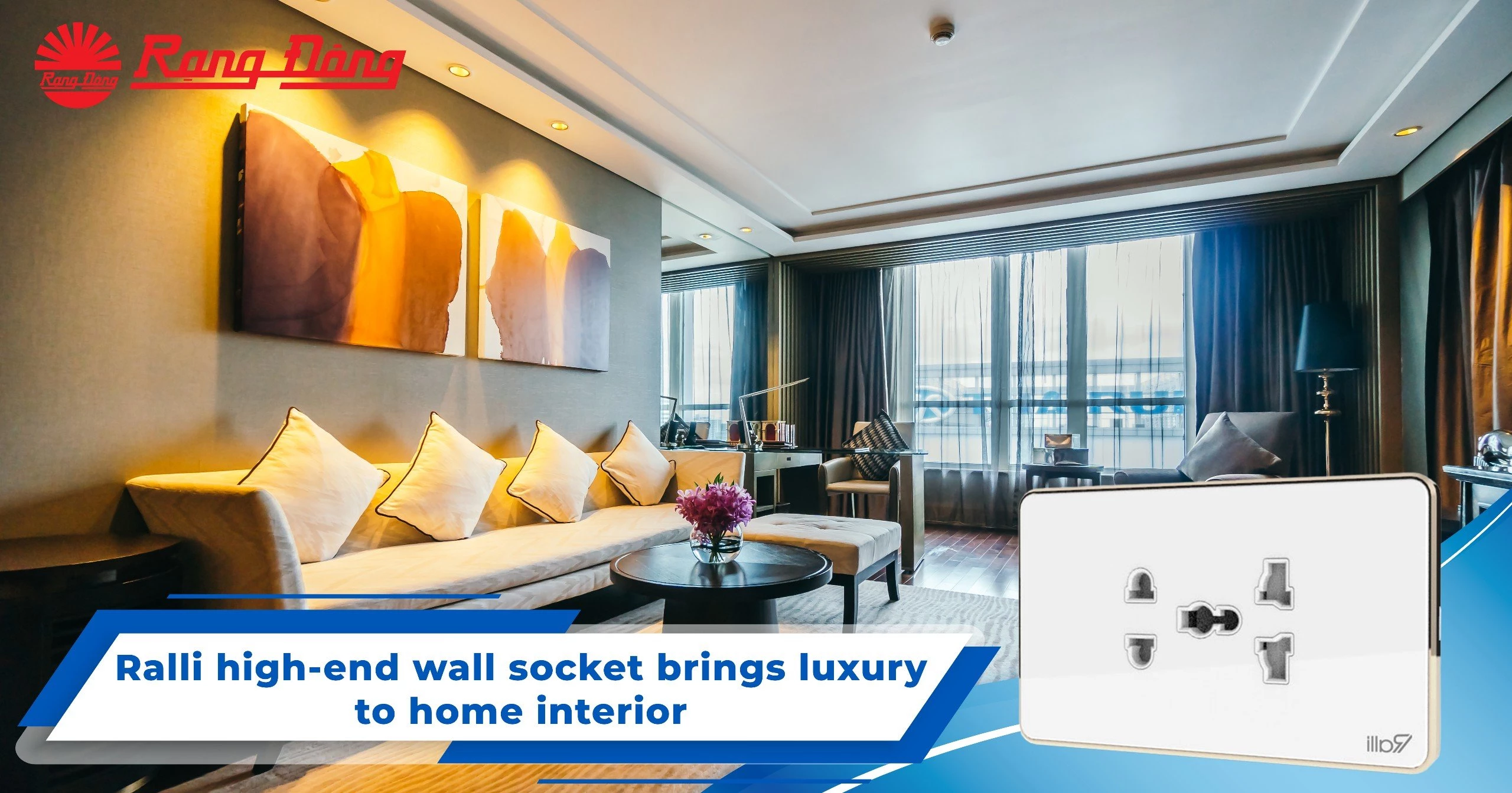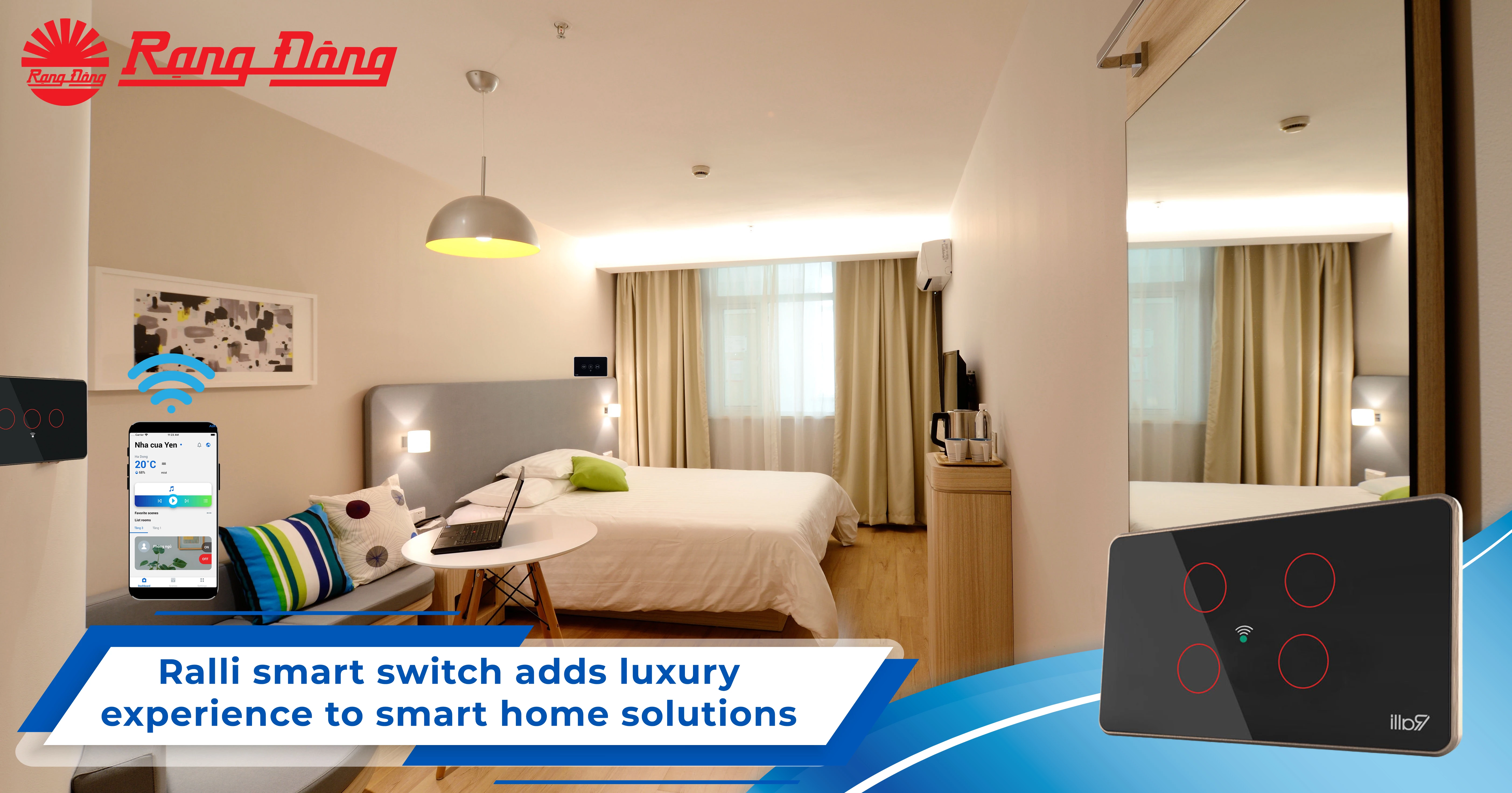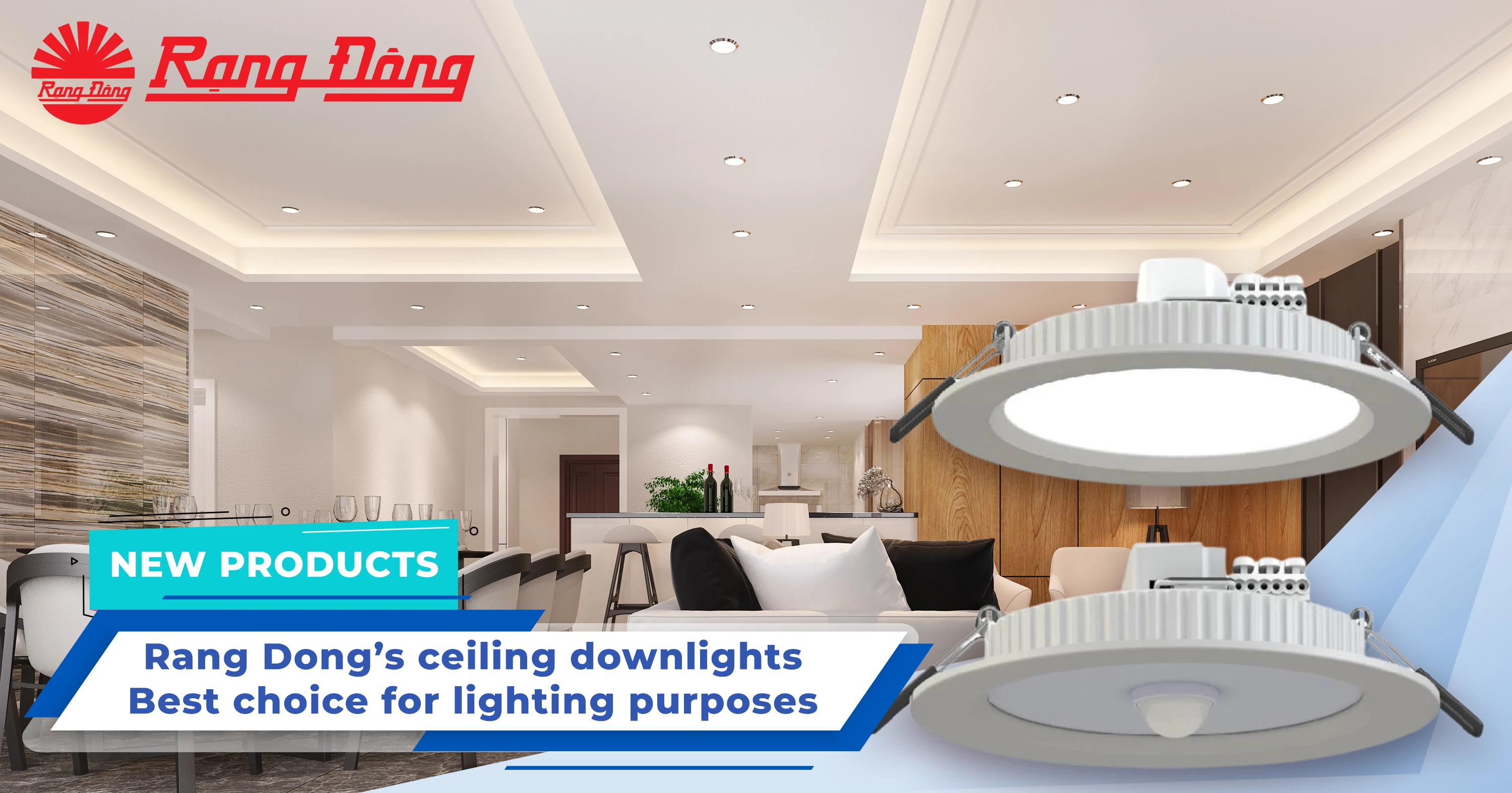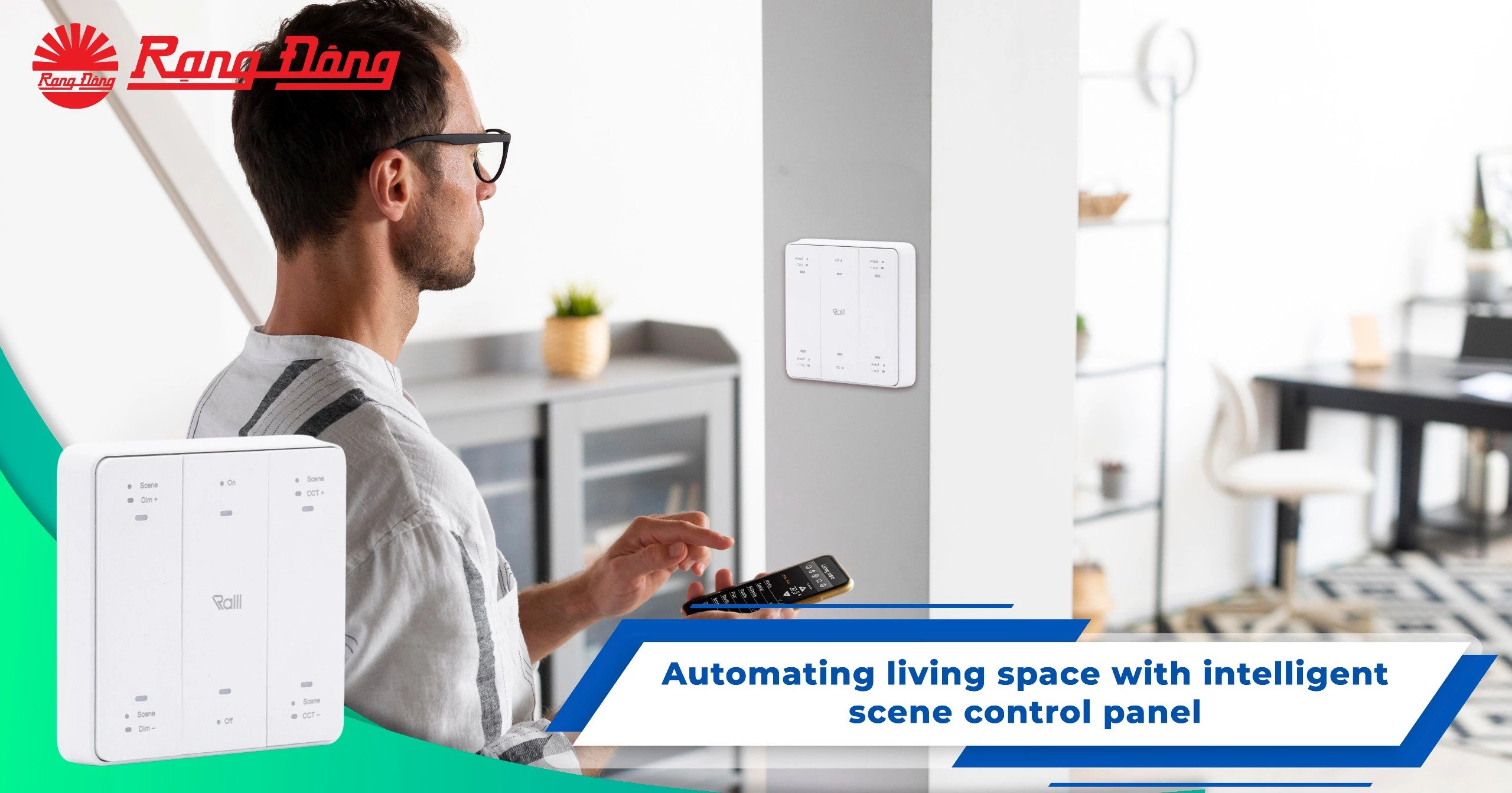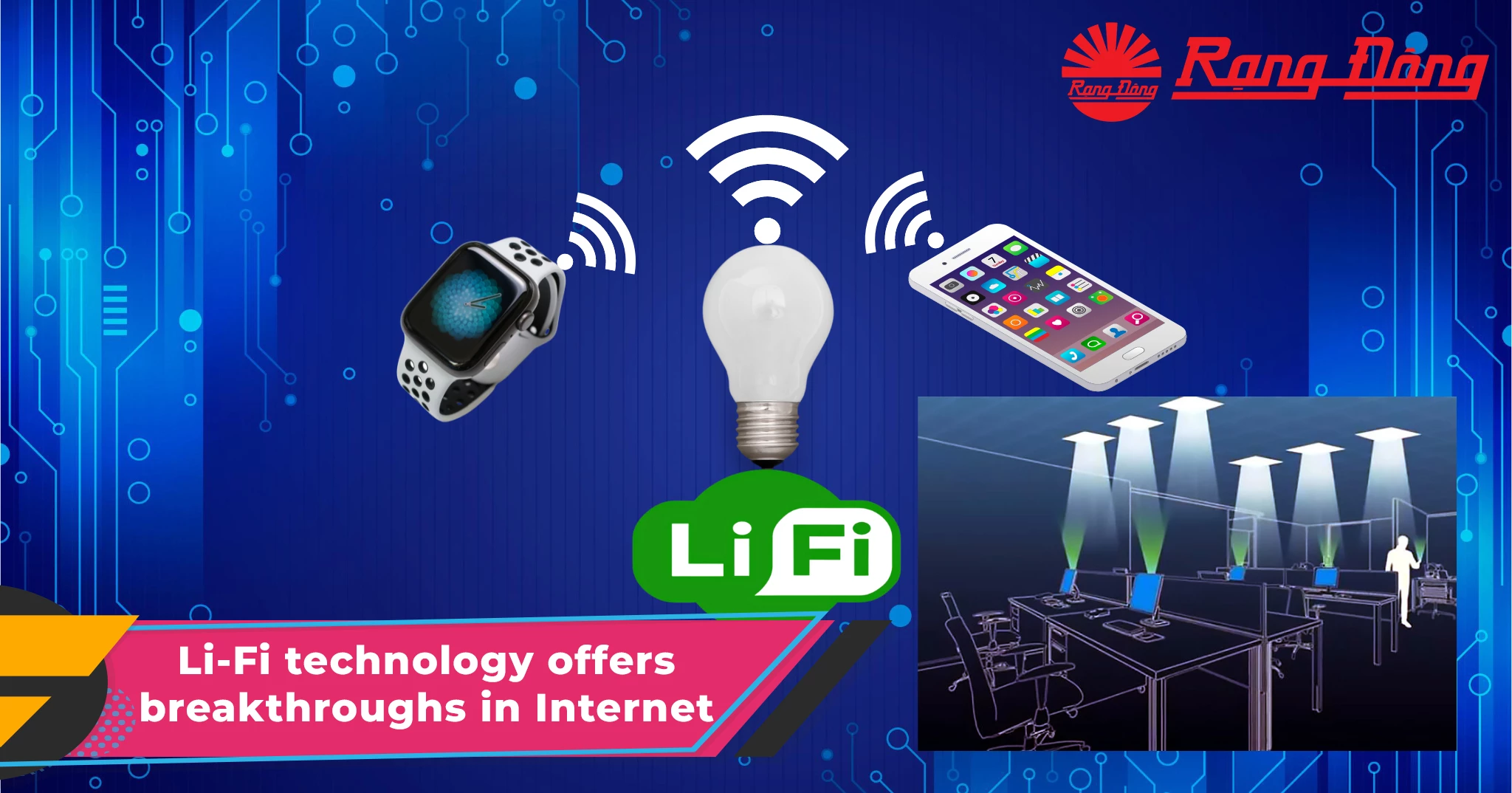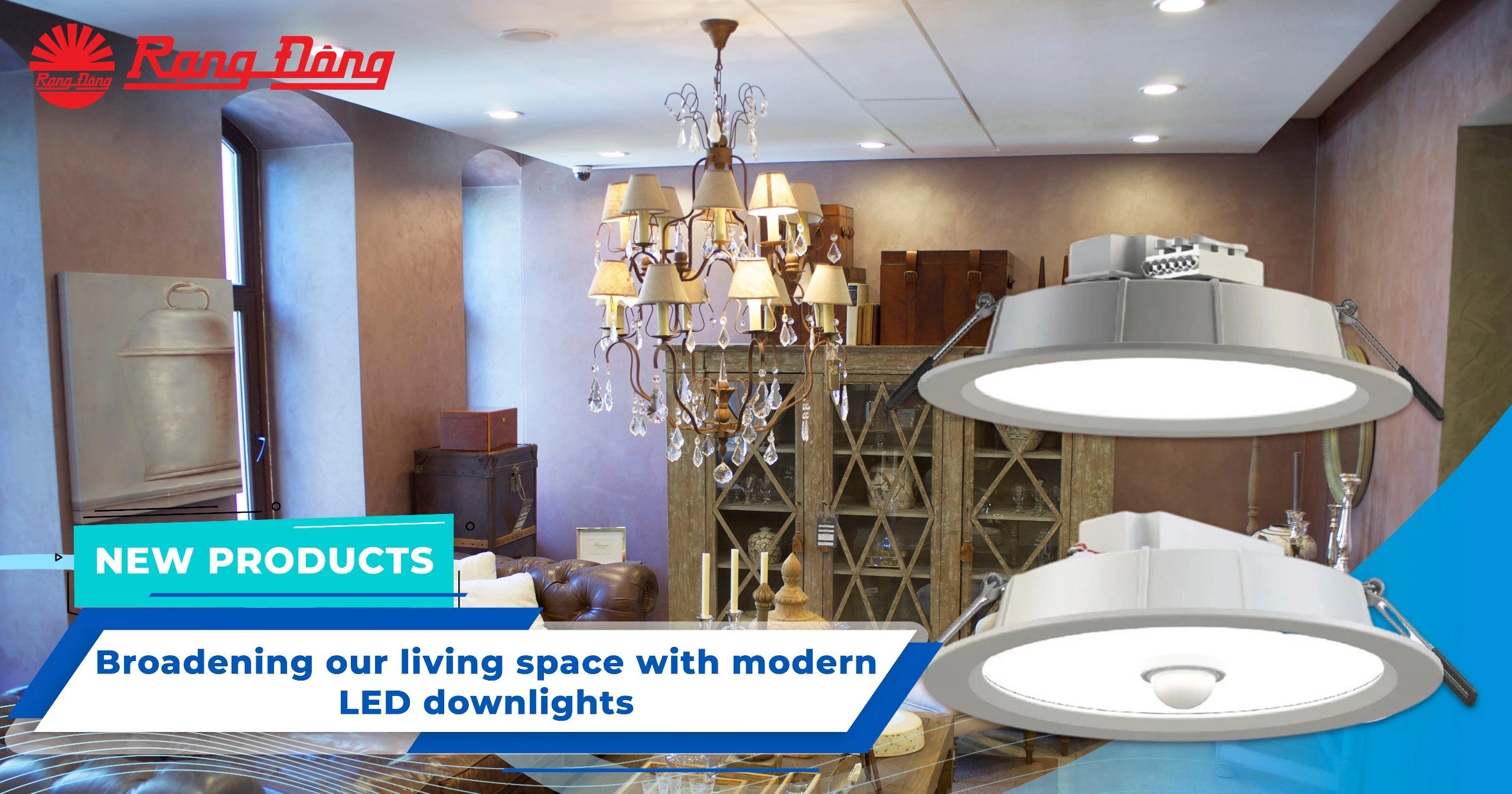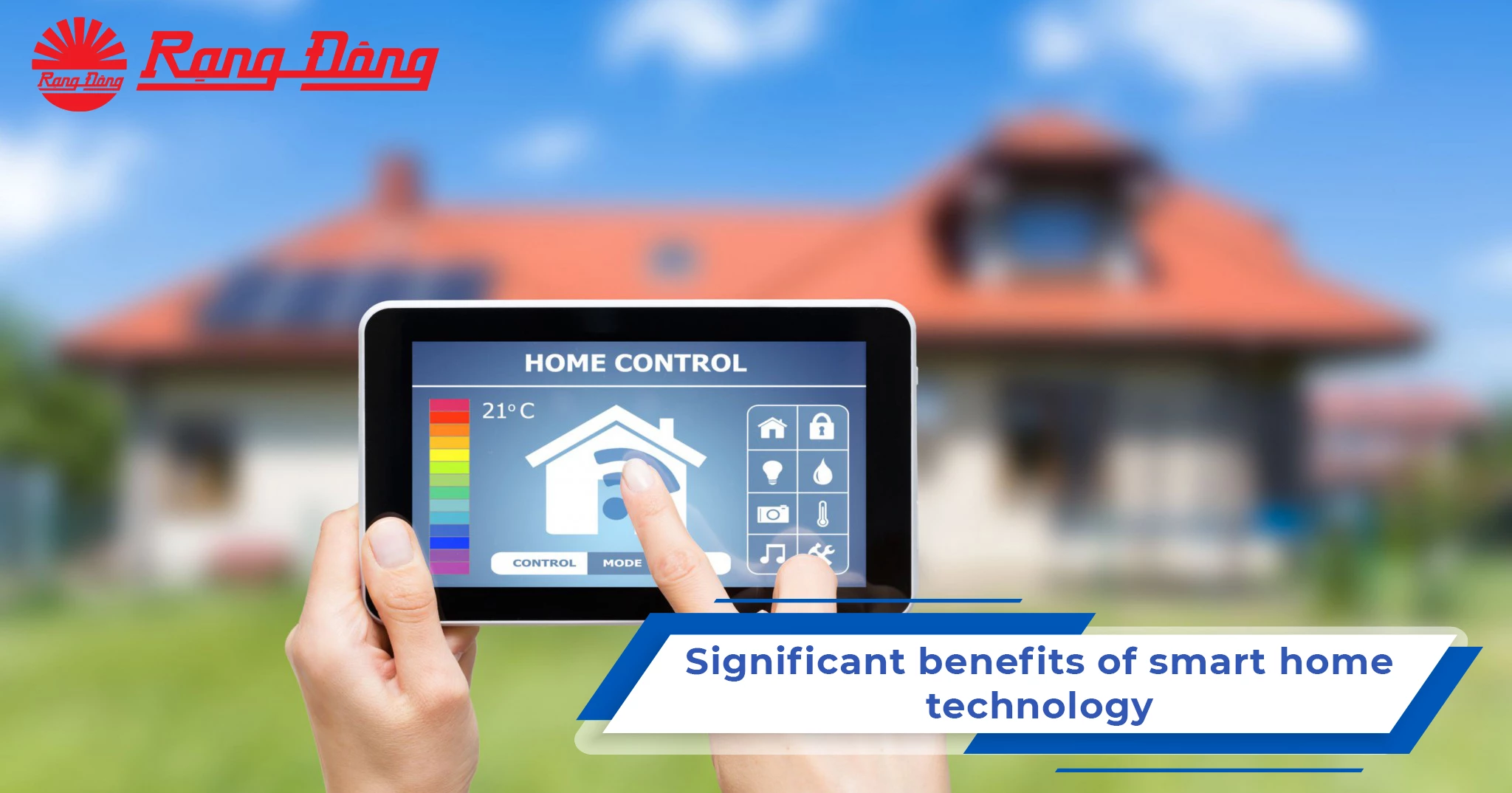
IoT lighting and its benefits in our daily life
As business owners have lately become more conscious of energy consumption, they focus more on smart lighting solutions that can bring real impact on energy saving. Using IoT (Internet of Things) lighting, with a number of benefits attached, is among the energy management systems that can help them achieve their operation targets.
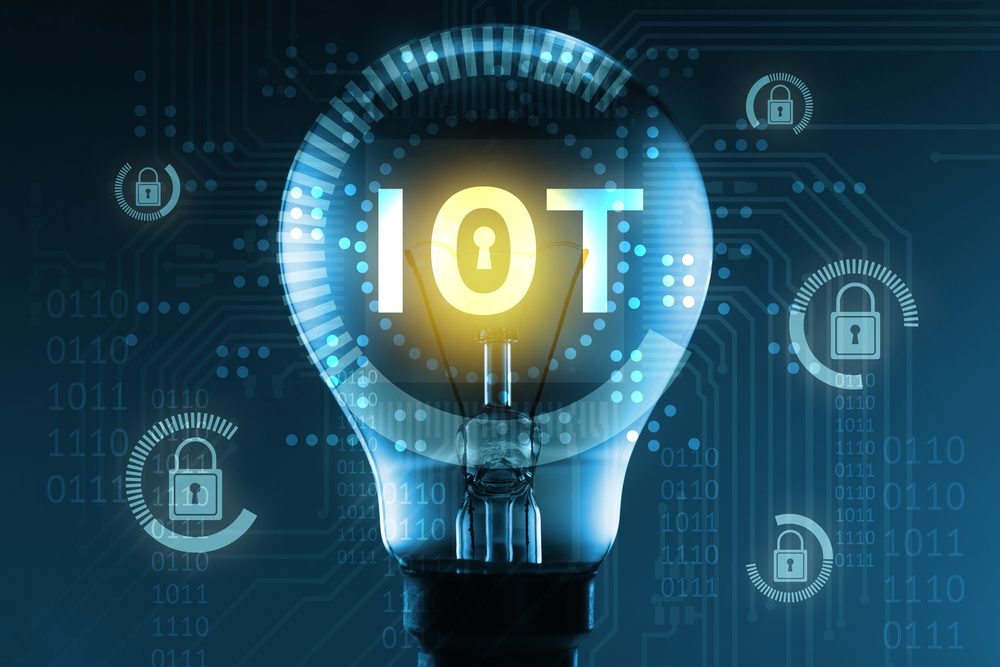
How does IoT smart lighting work?
Light fixture sensors allow for data processing and collection via an IoT network (locally or in the cloud), enabling remote monitoring and control via a mobile or online application. The dashboards, which are available from any networked device, often display the data.
Mesh networking is a local network topology in which there is no hierarchy in the connections between the nodes. This type of data transmission, in which each light item is connected to the closest network, is mostly used by IoT smart lighting. The centralized network manages the most recent. As a result, users can control and keep an eye on all of theirs lighting data in one place.
The IoT smart lighting is preferred to traditional light fixtures because of the benefit of wireless control in the palm of user's hand. After downloading the software apps to a mobile device, such as smartphones or tablets, users may edit and manage the lighting fixtures remotely from any location at any time.
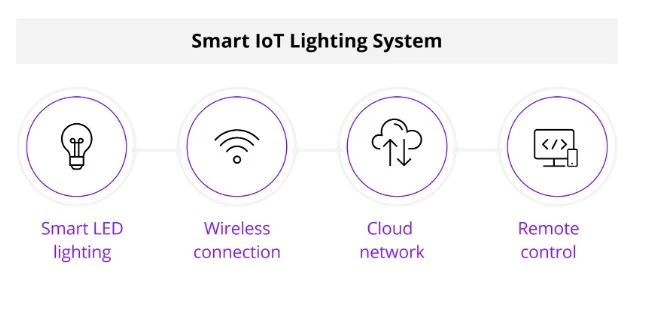
Advantages of loT in Lighting
Enhance security
Smart lighting solutions that can be controlled remotely can significantly improve public safety. Parking lots, streets with little traffic, campuses, parks, etc., for instance, lack sufficient lighting, which could trigger a rise of crime rate.
Smart lighting applications can fulfill the following actions:
- Turn or dim lights to prevent emergencies cases
- Increase lights in high crime areas to identify misbehaviors
- Detect power cuts faster
- Use responsive lighting during poor weather to improve visibility
When there is a breakin, the smart IoT light fixtures may immediately inform users of what is happening, while it can help lower the security risk to the barest minimum when used in conjunction with security cameras. Remotely turning on the lights is another incredibly efficient method of preventing and discouraging burglary activity.
Energy efficiency
With inbuilt occupancy or daylight detection, the sensor density is substantially higher than in a system where each component is independent and one sensor can dim half of the floor lighting. Application accuracy is increased by a smaller sensor area. The technology will gradually learn how the building is actually used in order to maximize future energy savings.
Costs reduction
Smart lighting has the potential to reduce electricity bills by up to 90 percent, a senior official of technology research company Gartner Inc. has said. In fact, IoT-powered asset management eliminates the need for extra work to check for any imperfection interfering with the operation of lighting.
With the smart management of light fixtures, for example from the perspective of monitoring lighting faults and failures in real time, IoT lighting solutions are essential for keeping lighting operational budgets to the minimum levels.
Moreover, smart lighting can save lives while assisting in the prevention of power outages
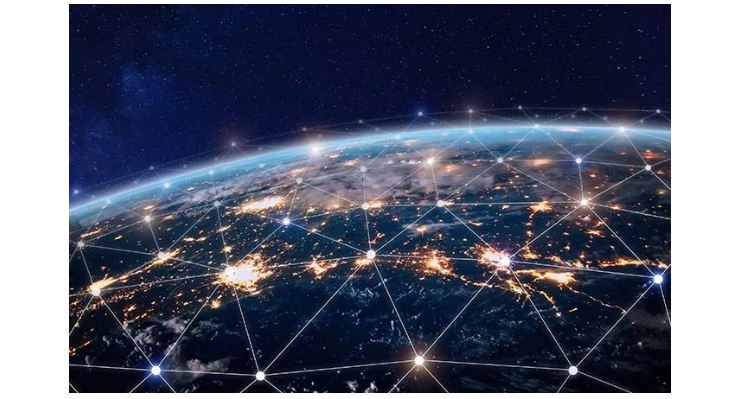
Mesh network connections offer fascinating potential for controlling smart lights.
Should you have any questions or request a quotation of Rang Dong products, please send us an email to: export@rangdong.com.vn.
Websites: en.rangdong.com.vn and vacuumflask.rangdong.com.vn.



